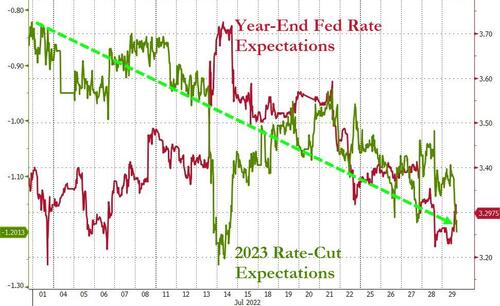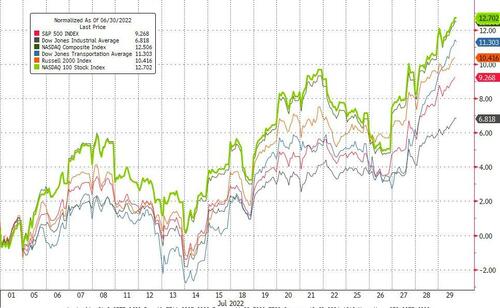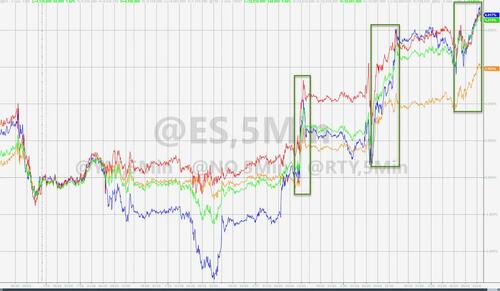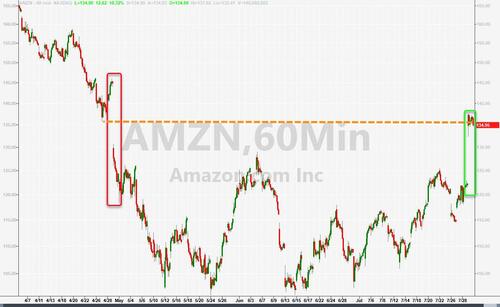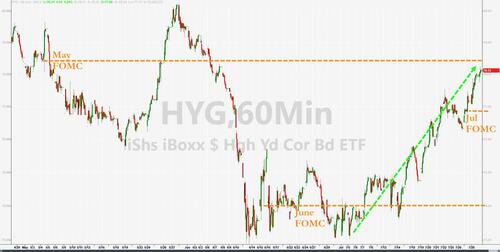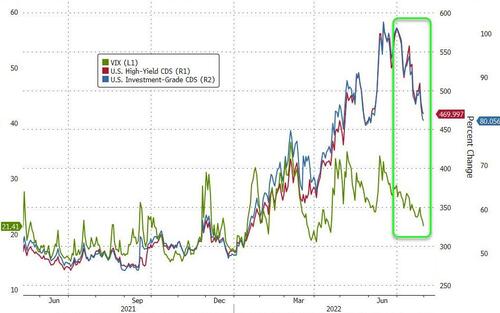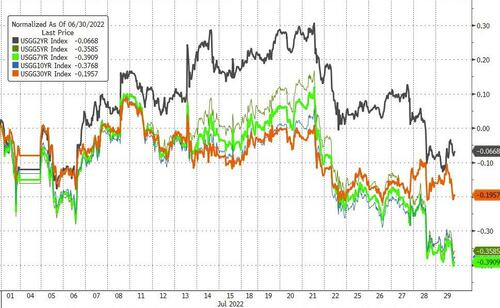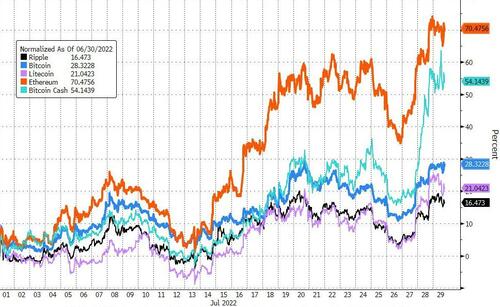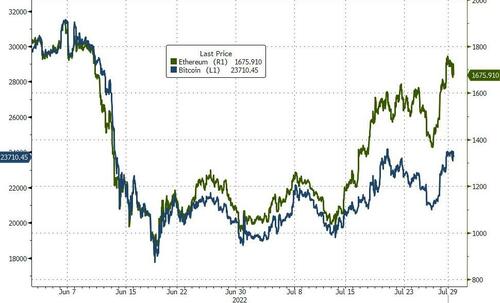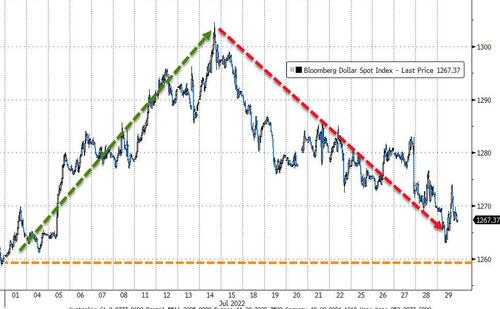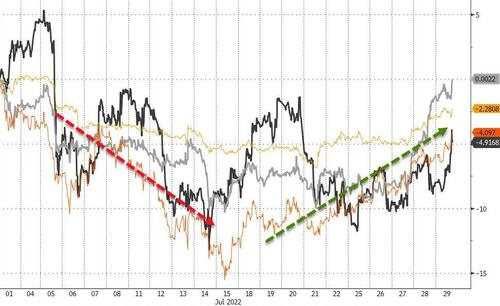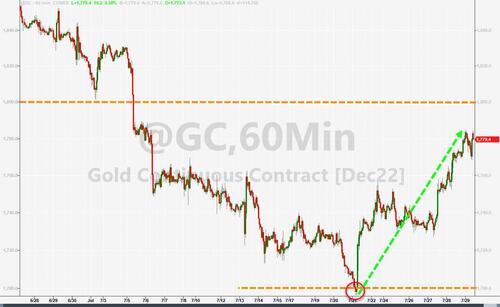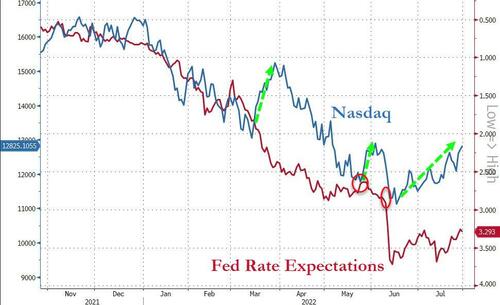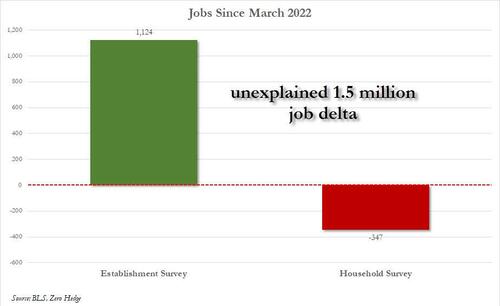Michael Dorf, Andrew Koppelman, and I have written elsewhere about why we think laws banning government contractors from refusing to deal with Israeli companies are generally constitutional. In this respect, we think such bans are like the government barring universities that get government funds from excluding military recruiters from recruitment fairs, or barring businesses that get government funds (and even ones that don’t) from discriminating based on race, religion, etc. Refusals to deal are unprotected conduct, not protected speech. (The long version is here.)
Some people, however, have objected to a different provision of the laws: that contractors certify that they aren’t boycotting Israeli companies through such refusals to deal. This certification, some have argued, is itself an impermissible speech compulsion.
I think that’s mistaken; these requirements are like any other contractual provisions on which the government insists (in particular, like contractual warranties). The Arkansas anti-BDS law, for instance, provides,
a public entity shall not … [e]nter into a contract with a company … unless the contract includes a written certification that the person or company is not currently engaged in, and agrees for the duration of the contract not to engage in, a boycott of Israel.
This is just like a contract in which the company certifies that it’s paying prevailing wage to its employees, or that it’s using some fraction of American-made goods, or is using only organically farmed products, or that it will comply with antidiscrimination rules, or what have you. It’s true that entering into a contract involves communication (e.g., “I accept your offer” or “I agree to this contract”), but that doesn’t mean that government insistence on particular contractual provisions is generally subject to First Amendment scrutiny. Indeed, the formation of contracts is generally regulated by a wide range of laws that are not seen as subject to First Amendment scrutiny.
To be sure, requiring promises not to speak in a contract may violate the First Amendment, as would requiring assurances that the contracting party adheres to some ideological views. But requiring a promise not to act in a particular way is not itself an impermissible speech compulsion.
The Eighth Circuit en banc court in Arkansas Times, Inc. v. Waldrip was thus generally right when it held:
Arkansas Times also argues that the statute unconstitutionally compels speech by requiring it to include a certification that the company will not “boycott” Israel for the duration of the contract. The First Amendment protects “both the right to speak freely and the right to refrain from speaking at all.” The compelled speech doctrine prohibits the government from making someone disseminate a political or ideological message.
“Compelled statements of fact … like compelled statements of opinion, are subject to First Amendment scrutiny.” But the certification requirement here is markedly different from other compelled speech cases. Although it requires contractors to agree to a contract provision they would otherwise not include, it does not require them to publicly endorse or disseminate a message. Instead, the certification targets the noncommunicative aspect of the contractors’ conduct—unexpressive commercial choices. The “speech” aspect— signing the certification—is incidental to the regulation of conduct [the conduct presumably being the entry into a contract -EV].
We are not aware of any cases where a court has held that a certification requirement concerning unprotected, nondiscriminatory conduct is unconstitutionally compelled speech. A factual disclosure of this kind, aimed at verifying compliance with unexpressive conduct-based regulations, is not the kind of compelled speech prohibited by the First Amendment.
The post Anti-BDS Laws' Certification Requirement appeared first on Reason.com.
from Latest https://ift.tt/fOcCe7m
via IFTTT






